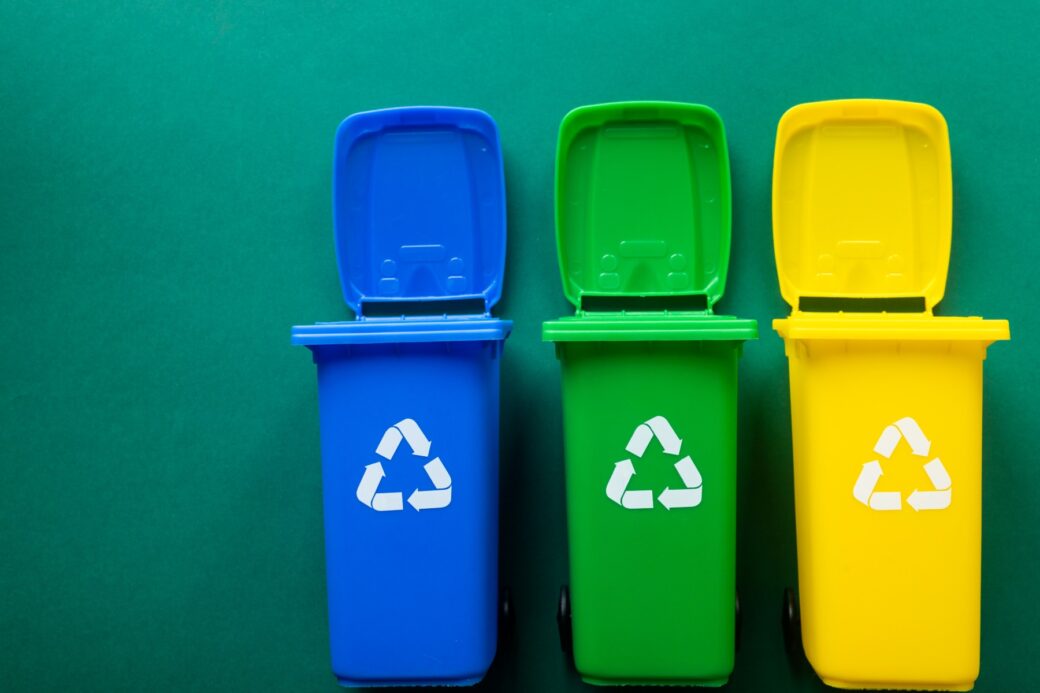Data is a crucial component of Extended Producer Responsibility (EPR), and with the recent passing of the initial EPR data submission deadline on October 1, 2023, this article explores key lessons from the first submission and offers insights for a successful 2024 submission.

Navigating EPR Reporting: Keys to Accuracy and Submission Success
Double Reporting of Packaging
One of the common stumbling blocks in EPR data reporting is around packaging activity definitions. The complexity of the packaging activity definitions can lead to the inadvertent double reporting of materials in submissions. To mitigate this issue, it is recommended to categorise data into packaging activities during the early stages of data collection. By clearly defining the types of packaging and mapping them to the appropriate categories, businesses can ensure the accuracy and integrity of their reported data.
Mixing up Tertiary and Shipment Packaging Definitions
Confusion between tertiary and shipment packaging definitions can result in packaging material being incorrectly reported in the wrong category, potentially affecting a business’s overall obligation under EPR. Packaging used for protection during transport is classified as tertiary, whereas packaging intended for mail orders falls under the shipment category. Clear differentiation between these types of packaging is essential to avoid misreporting this material, maintaining the accuracy and reliability of the reported EPR data.
Issues with Categorising Imports and Unbranded Packaging
Placing all imports into the Importer table can lead to inaccuracies in data representation. All branded packaging (if you are the brand owner) must be placed into the Brand Owner reporting category. Similarly, another common stumbling block was placing unbranded packaging in the Brand Owner table, only branded packaging is to be placed in the Brand Owner category.
Household and Non-Household Sales Channel Issues
Distinguishing between Primary Non-Household and Household packaging presents another stumbling block in EPR data reporting. Accurate and specific evidence is required to demonstrate that packaging which is Primary Non-Household has gone to a business end-user. Clear documentation, such as waste contracts or invoices, are necessary to establish the destination of the packaging. Failure to provide conclusive evidence can lead to misclassification, affecting the overall accuracy of EPR data reporting.
How Can Clarity Help?
In 2024, some organisations will have 8 separate compliance reports: Plastic Packaging Tax, Shared Responsibility submission, The Plastic Pact and Extended Producer Responsibility. As the regulatory landscape becomes increasingly complex, with increased scrutiny from the regulators such as the EA and HMRC, it is more important than ever to achieve accuracy in your packaging data.
With our team of packaging compliance and data experts, Clarity can help your business stay compliant, save time and achieve peace of mind. If you would like to find out more about how our EPR solutions can work for your business please reach out to us on info@clarity.eu.com or book an EPR consultation to discuss your needs.



